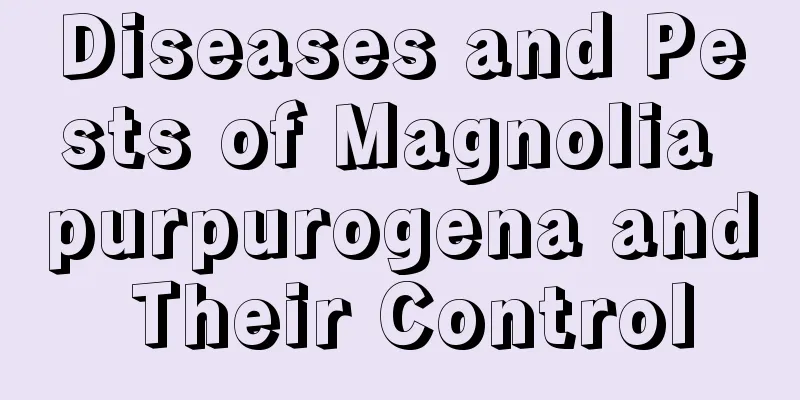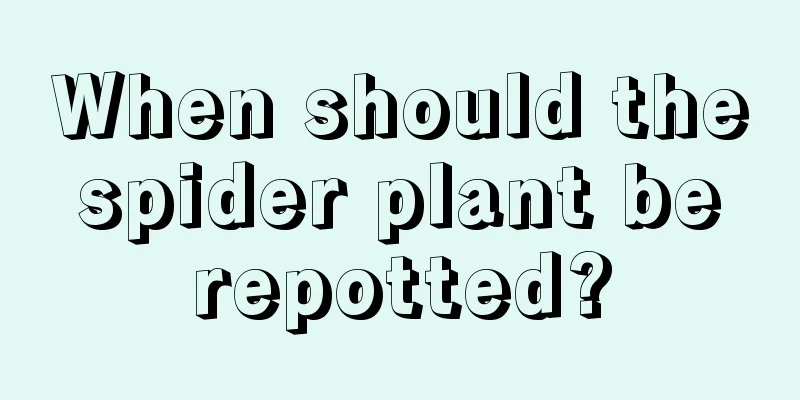Diseases and Pests of Magnolia purpurogena and Their Control

Diseases and prevention of purple magnoliaThe main diseases that harm purple magnolia include anthracnose, chlorosis and leaf burn. anthraxAnthracnose mainly harms the leaves of purple magnolia. It mainly manifests itself in the formation of irregular spots starting from the leaf tips, or the formation of nearly circular spots on the leaf surface. In the early stages of anthracnose, small black particles appear on the surface of the leaves of purple magnolia. The lesions are water-soaked, brown in color, with dark brown raised lines on the edges, and are very different from healthy areas. Anthracnose pathogens invade leaf tissue in the spring and cause disease. The peak period of anthrax incidence is during the high temperature period in summer. The main cause of the disease is inadequate water and fertilizer management of the plants and a poorly ventilated growing environment. The prevention and control method of anthracnose is mainly to strengthen the water and fertilizer management of purple magnolia and improve its disease resistance; in late autumn, remove the fallen leaves and burn them in a concentrated manner. When anthrax breaks out, 500 times diluted 70% anthrax thiram can be used for spraying. Or use 800 times diluted 75% thiophanate-methyl wettable granules to spray the purple magnolia. Or once every 10 days, spray 3 to 4 times continuously to effectively control the disease. Yellowing diseaseChlorosis is also one of the diseases that affects the growth of purple magnolia. The first symptom of chlorosis is the gradual decrease of chlorophyll in the purple magnolia. As the disease spreads, the entire leaf turns yellow and then gradually turns white. The plant growth gradually declines and eventually dies. Chlorosis is a physiological disease. The main causes of chlorosis are excessive soil stickiness, excessive pH value, and insufficient iron supply. To prevent and control chlorosis, you can use 0.2% ferrous sulfate solution to irrigate the roots of purple magnolia, or you can use 0.1% ferrous sulfate solution to spray the leaves, and you should apply more farmyard manure. Pests and Control of Purple MagnoliaThe main pests of purple magnolia are the big bagworm, frost moth, red spider, longhorn beetle, etc. There are also underground pests such as white grubs. When insect pests occur, you can use 800 times diluted 80% DDT emulsifiable concentrate to control the giant bag moth. Alternatively, you can use 800 times diluted 50% cypermethrin emulsifiable concentrate to control the large bagworm pests. To kill red spider mites, you can use 2000 times diluted 5% Nisolan. To kill frost moths, you can also use 800 times diluted 50% cypermethrin emulsifiable concentrate. Use 500 times diluted Green Wei Lei to kill longhorn beetles. If you want to kill the grubs, you can use 1000 times diluted 50% zinc sulfur phosphorus emulsion to irrigate the roots. |
<<: Common Pests of Red Flowering Tree and Their Control
>>: Common insect pests of catalpa and their control
Recommend
What should I do when Zi Chi Nian Hua blooms?
Signs of flowering The flowers of Zichi Nianhua a...
Tips for pinching flowers at home to make them bloom more colorful
Tipping method The method is to pinch off the top...
When is cotton planted?
Cotton planted too early may suffer damage from l...
How many lucky bamboo roots are there to attract wealth?
How many roots attract wealth Water-grown lucky b...
What is the best month to plant mint seeds?
When to plant mint seeds Mint seeds are suitable ...
What to do if cyclamen drops leaves
Cyclamen leaves fall due to high temperature When...
Cucumber planting, cultivation and management techniques
Cucumber is a vegetable with high nutritional val...
How to prune Calla Lily
When to prune calla lilies Calla lily needs pruni...
How to plant Cineraria seeds
1. Sowing time Cineraria is grown from seeds and ...
When is the best time to sow spring wheat?
The spring wheat area is mainly distributed in th...
How to water succulents
Once lacking water, the leaves of succulents will...
How to change the pot of Goldfinger
Repotting Goldfinger: Preparing the soil Generall...
How does white clover survive the winter
prune Because white clover is generally not prune...
Cultivation methods and maintenance matters of old mountain wood fragrance piles
How to grow mountain wood fragrance into an old p...
Should I water the dragon fruit potted plant once a week? How long will it take for it to die if I don't water it?
1. Do you water the plants once a week? 1. Freque...









